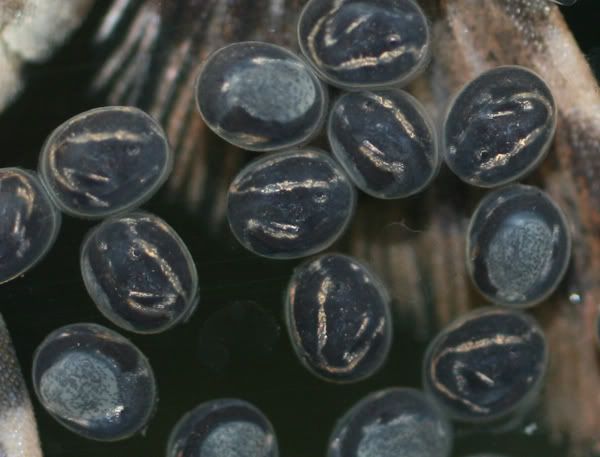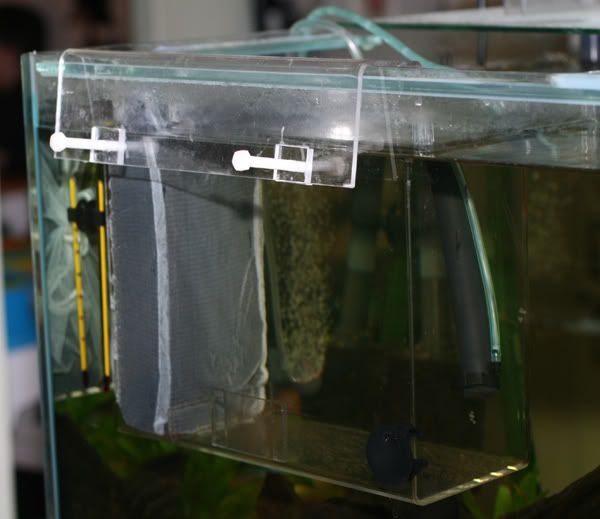I have just successfully bred my Sturisoma panamense for the first time and need some advice from people with experience in breeding these catfish.
I believe my eggs are on about day 6 from the way they look atm.
These guys have bred in a community tank which also houses 6 Corydoras sterbai, 13 semi-adult Peppermint bristlenose and 4 clown loaches.
I have heard 2 different peices of information which ive yet to have someone clarify for me.
1. The male must be kept with the eggs to assist in the hatching process.
2. Eggs can be removed successfully once they are darkened enough(developed enough) then successfully finished incubating and hatching in a fry saver.
Also what do people use as the first food for these fry as ive heard many different things.
Heres some pics ive taken so far.
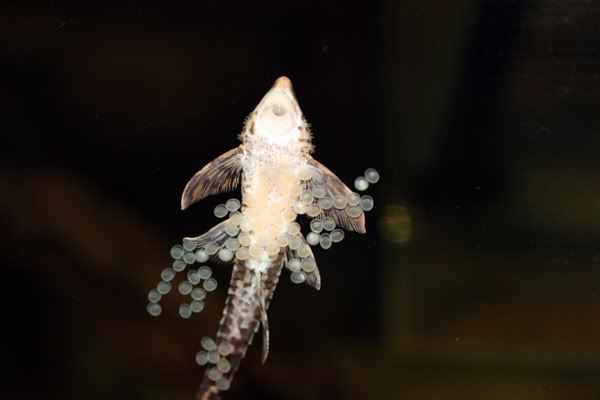

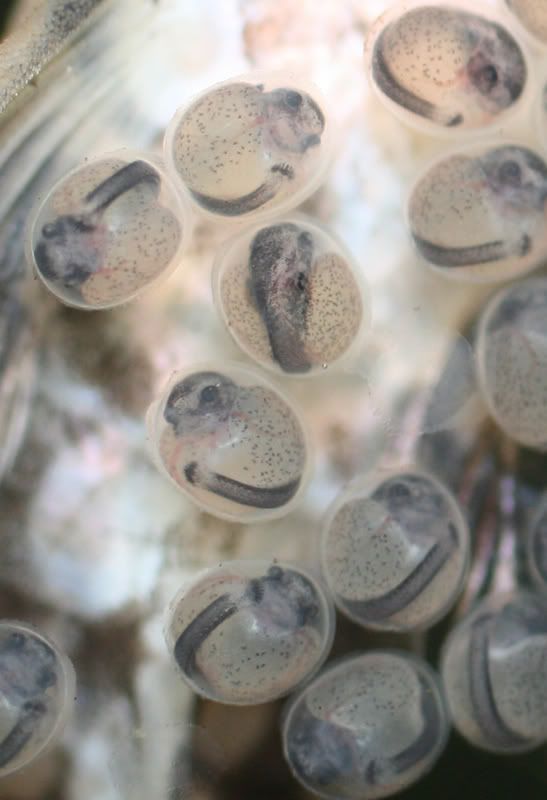
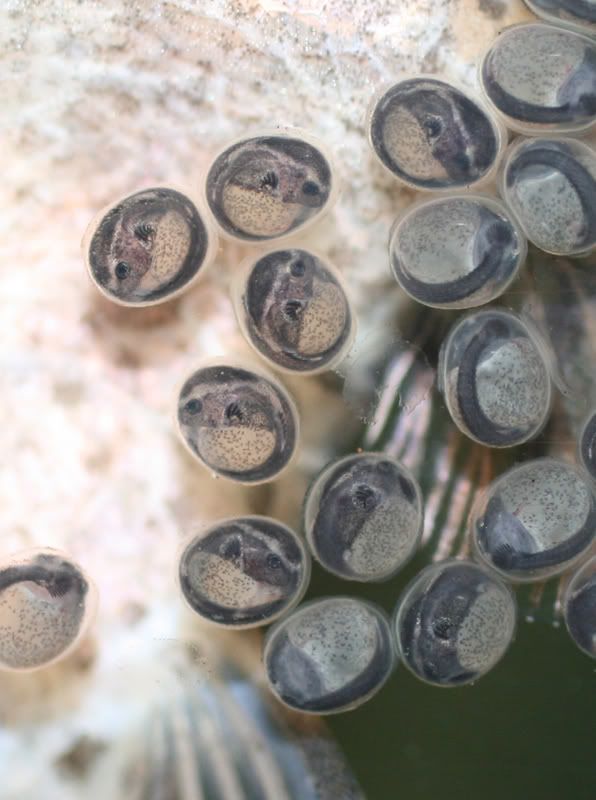
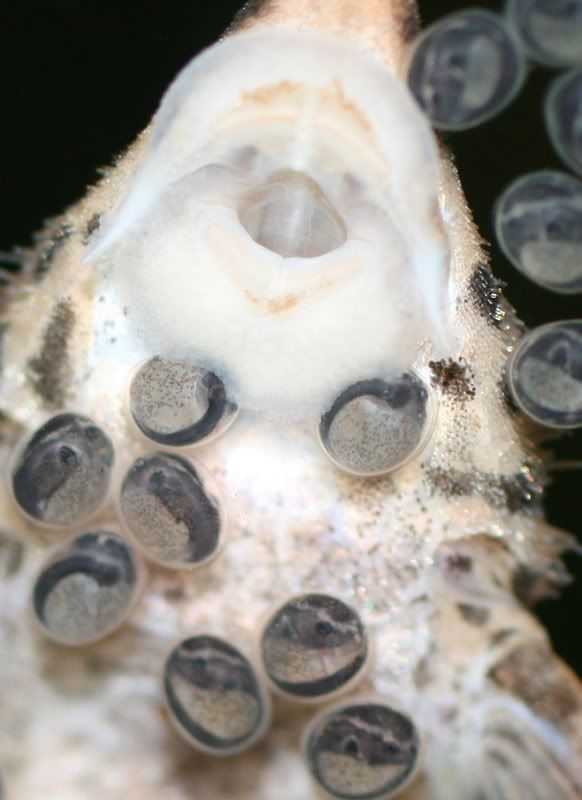
Cheers
Craig





